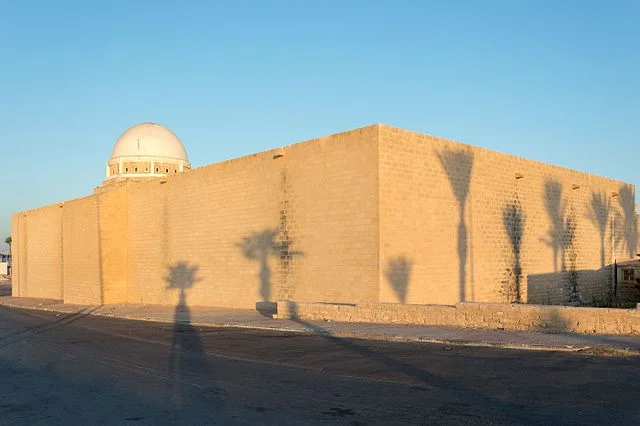The Great Mosque of Mahdia stands as a remarkable monument of early Islamic architecture in North Africa. Built during the height of the Fatimid dynasty, this mosque reflects the architectural and cultural ideals of the period. Located on the eastern coast of present-day Tunisia, this site offers insight into the early influences of Fatimid religious and political power.
Get your dose of History via Email
Historical Background
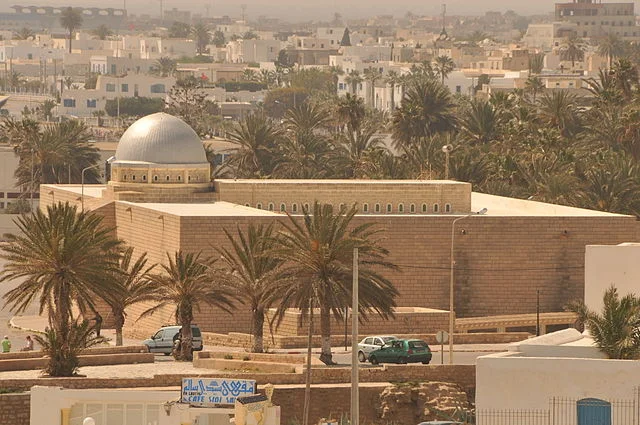
The Great Mosque of Mahdia was constructed around AD 916, shortly after the establishment of the city of Mahdia. This new capital was chosen by the Fatimid caliphate as a defensive stronghold against invasions from the Byzantine Empire. The mosque’s completion symbolized the consolidation of Fatimid authority in the region, serving as both a religious and political center.
This mosque was commissioned by the first Fatimid caliph, Abdallah al-Mahdi Billah, founder of the Fatimid state. Its construction represented an important step in spreading Shi’a Islam, particularly the Isma’ili branch, across North Africa, a region with deep Sunni roots at the time.
Architectural Features
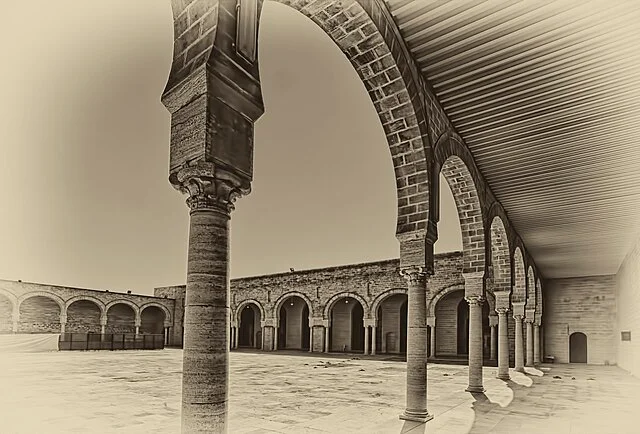
The Great Mosque of Mahdia exhibits distinct architectural features inspired by early Islamic and North African styles. The structure lacks a minaret, a design choice influenced by Abbasid-era mosques in Iraq. It also reflects an early Fatimid preference for simplicity and focus on internal space.
The mosque’s rectangular floor plan measures roughly 80 by 50 meters, with a hypostyle layout, featuring numerous columns supporting the roof. A unique feature is its monumental arched entrance, facing directly toward the Mediterranean Sea. This orientation likely served both symbolic and defensive purposes, highlighting the importance of maritime access.
The Prayer Hall
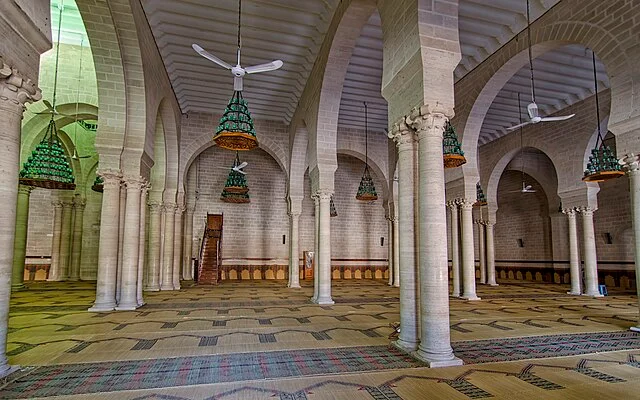
Inside, the mosque’s prayer hall features nine aisles that run perpendicular to the qibla wall, the direction Muslims face during prayer. The central aisle, which is wider and more elaborately decorated, directs worshipers towards the mihrab, a semi-circular niche marking the qibla. The mihrab design includes intricate stone carvings and geometric patterns characteristic of early Islamic art.
The use of alternating colors in the arches, another hallmark of Fatimid design, gives the prayer hall a sense of rhythm and depth. This design not only enhanced the mosque’s aesthetic appeal but also underscored the Fatimid interest in symbolic and spatial order.
Courtyard and Surrounding Structures
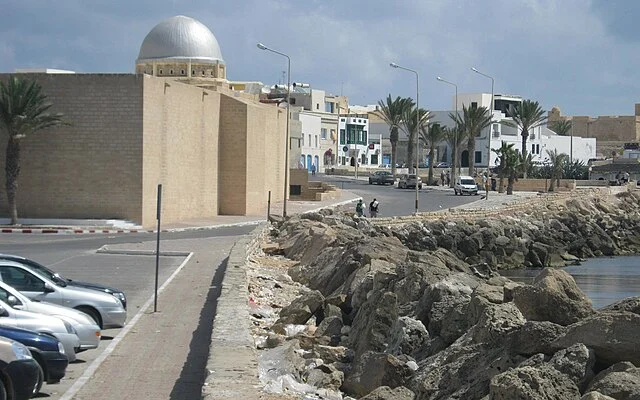
The mosque has an open courtyard, or sahn, surrounded by arcades on three sides. This open space served both as a place for ablution and as an extension of the prayer area, especially during large gatherings. The arcades feature semi-circular arches that reflect both local and Abbasid influences, demonstrating the Fatimids’ openness to diverse architectural elements.
On the northern side of the mosque, a gate known as the Bab al-Futuh leads directly into the courtyard. This entrance, fortified with heavy doors and protective walls, shows the mosque’s dual role as a place of worship and a military stronghold.
Renovations and Preservation Efforts
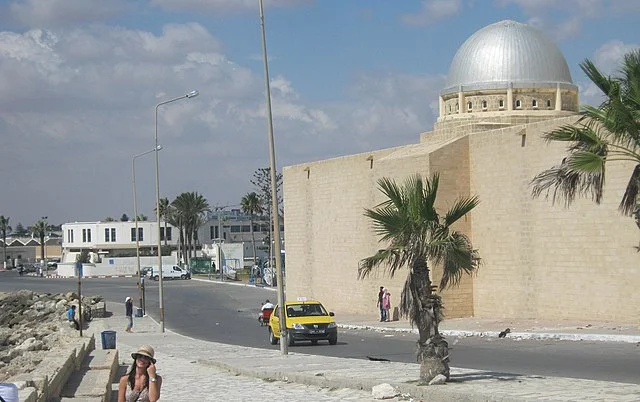
Over the centuries, the Great Mosque of Mahdia has faced several cycles of destruction and restoration. Byzantine forces sacked Mahdia in AD 944, causing significant damage. The mosque was later rebuilt, though changes in its design emerged with each phase of reconstruction. The absence of a minaret, for instance, is unusual for mosques from this period but remained unchanged due to Fatimid preferences.
Modern preservation efforts aim to protect the mosque’s unique architectural features and historical integrity. Restoration projects have focused on stabilizing structural elements, restoring intricate stonework, and preserving Fatimid-era design elements.
Significance of the Great Mosque of Mahdia
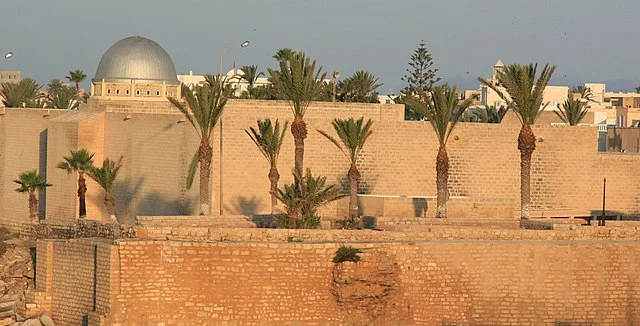
The Great Mosque of Mahdia stands as a testament to Fatimid architectural ingenuity and political vision. Its distinct design choices, such as the absence of a minaret and monumental seaward entrance, reflect both practical and symbolic considerations. As one of the earliest major mosques in North Africa, it influenced subsequent Islamic architecture in the region.
Today, the Great Mosque of Mahdia remains a valuable cultural site, offering insight into the history of the Fatimid dynasty and early Islamic architecture in North Africa. Its preservation continues to ensure that future generations can study and appreciate this significant chapter in Islamic history.
Source:

